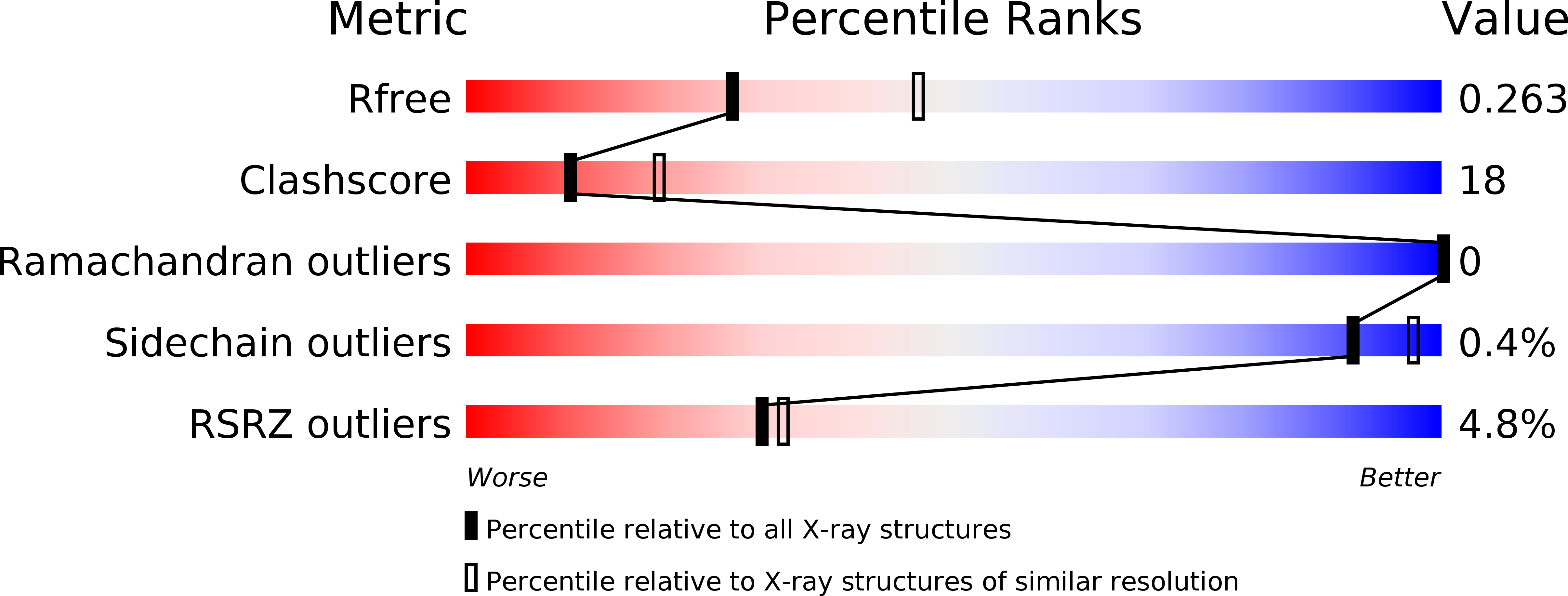
Deposition Date
2017-04-05
Release Date
2017-05-24
Last Version Date
2024-01-17
Entry Detail
PDB ID:
5NMB
Keywords:
Title:
Structure-activity relationship study of vitamin D analogs with oxolane group in their side chain
Biological Source:
Source Organism:
Danio rerio (Taxon ID: 7955)
Homo sapiens (Taxon ID: 9606)
Homo sapiens (Taxon ID: 9606)
Host Organism:
Method Details:
Experimental Method:
Resolution:
2.50 Å
R-Value Free:
0.26
R-Value Work:
0.19
R-Value Observed:
0.19
Space Group:
P 65 2 2


